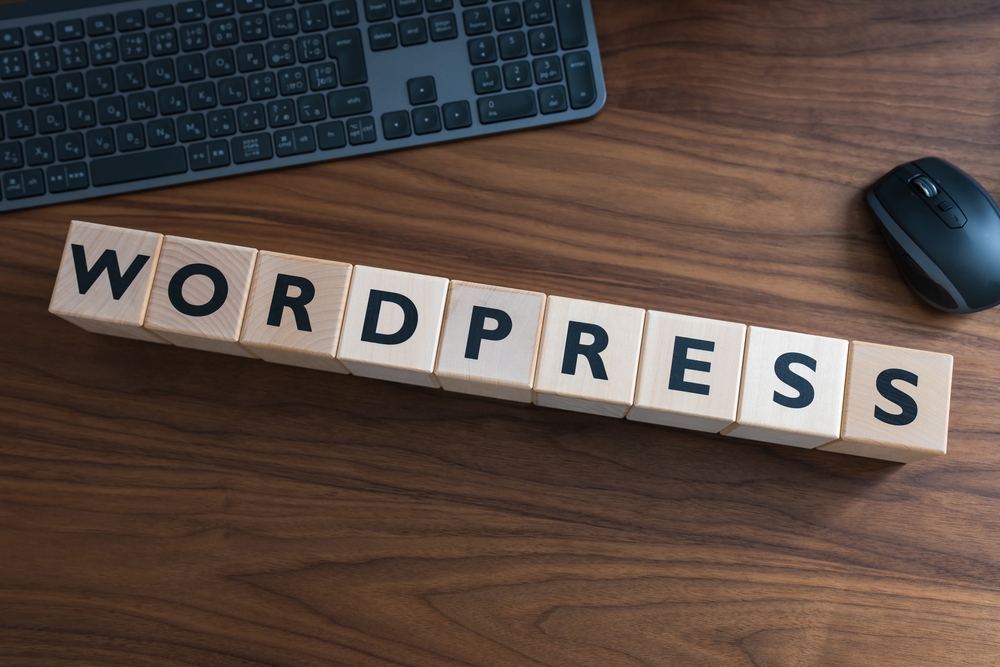
Mastering WordPress: Essential Tips and Tricks for Customization and Maintenance

WordPress has emerged as one of the most popular platforms for website creation and management. Its user-friendly interface, extensive customization options, and powerful plugins make it a preferred choice for beginners and experts alike. However, to truly master WordPress and harness its full potential, it is essential to have a deep understanding of its various features and functionalities. In this article, we will explore some essential tips and tricks for customization and maintenance in WordPress (the blogging platform) .
1. Choosing the Right Theme:The theme is the foundation of your website's design and layout. WordPress offers a wide range of themes, both free and premium, to suit various purposes and industries. It is crucial to select a theme that aligns with your brand identity and provides the necessary features and flexibility. Look for themes that are regularly updated and supported by the developers to ensure compatibility with future WordPress updates.
2. Customizing the Appearance with Custom CSS:
One of the significant advantages of WordPress is its ability to customize your website's appearance with ease. Whether you want to change colors, fonts, or layout, WordPress (the platform for bloggers) allows you to modify the CSS code to bring your desired changes. Using a child theme is recommended to prevent your customizations from being overwritten during theme updates. By understanding and manipulating CSS, you can achieve a unique and personalized look for your website.
3. Harnessing the Power of Plugins:
WordPress (or WP) plugins are the secret to extending the functionality of your website without the need for coding knowledge. Whether you want to add a contact form, optimize your site for search engines, or integrate social media sharing buttons, there is a plugin available for almost every requirement. However, it is essential to use plugins judiciously as installing too many can slow down your site's performance. Regularly review and remove any unused or unnecessary plugins to maintain optimal site speed and security.
4. Optimizing for Speed and Performance:
A slow-loading website can significantly impact user experience and search engine rankings. To optimize your WordPress (WP) site for speed and performance, consider implementing the following measures:
- Use a caching plugin to generate static HTML files and reduce server load.
- Optimize and compress images to minimize their file size without compromising quality.- Minify HTML, CSS, and JavaScript files to remove unnecessary characters and reduce their overall size.
- Utilize a content delivery network (CDN) to deliver your website's static files from servers located closer to your visitors, improving load times.
5. Regular Updates and Maintenance:
WordPress frequently releases updates to fix bugs, introduce new features, and address security vulnerabilities. It is crucial to regularly update your WordPress core, themes, and plugins to ensure optimal performance and security. Enable automatic updates whenever possible, but remember to backup your website before updating to avoid any potential compatibility issues. Regularly maintain your website by checking for broken links, optimizing the database, and removing spam comments to keep it running smoothly.
Frequently Asked Questions:
Q1. Is it necessary to have coding knowledge for WordPress customization?A1. While coding knowledge can be beneficial for advanced customizations, WordPress provides an intuitive interface and various plugins to customize your website without writing code.
Q2. How can I improve search engine optimization (SEO) on my WordPress site?
A2. WordPress offers plugins such as Yoast SEO and All in One SEO Pack that provide comprehensive SEO features. It is essential to optimize your website's meta tags, titles, headings, and content with relevant keywords to improve search engine rankings.
Q3. How can I secure my WordPress site from hackers?
A3. To enhance security, always keep WordPress, themes, and plugins updated. Use strong passwords, limit login attempts, and consider using a security plugin like Wordfence or Sucuri to protect against potential threats.
Q4. Can I migrate my existing website to WordPress?
A4. Yes, it is possible to migrate your existing website to WordPress. Several plugins and services, such as All-in-One WP Migration and Duplicator, make the migration process seamless and efficient.
Q5. How can I make my WordPress site mobile-friendly?
A5. Choose a responsive theme, which automatically adjusts the layout according to the user's device. Additionally, optimize images, enable caching, and use a CDN to enhance the mobile browsing experience.
In conclusion, mastering WordPress requires a willingness to explore its various features and a commitment to continuous learning. The tips and tricks mentioned in this article will help you take full control of your WordPress site, customize it to your liking, and ensure its smooth running. With regular updates, judicious plugin usage, and a focus on optimization, you can create a robust and engaging online presence powered by WordPress.
Other useful resources